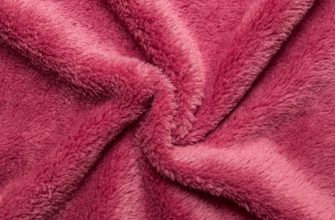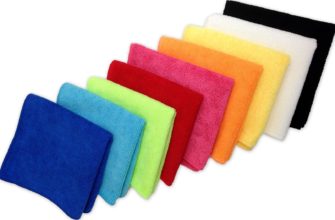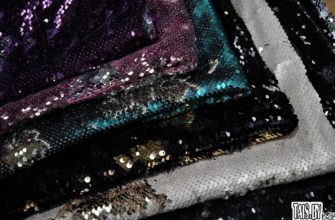When choosing a new item for your wardrobe, everyone pays attention to the label - how safe is the product. After all, choosing a thing is not only a pursuit of price, aesthetics, but also safety. After purchasing, you can often find a rash on your body and wonder for a long time - where did it come from?
What is synthetics
Material - synthetic fabric is a substance produced by chemical synthesis. Synthetic fiber is a polymer that cannot be found in nature, and its synthesis is a monomer. Refined petroleum products, gas or coal are used to make synthetics.
It is important that the item does not consist of 100% synthetics, as this is a direct path to the development of dermatitis and allergic reactions. The maximum permissible limit for adding synthetic fibers is 30%.
Synthetic fabric is a result of the interplay of different materials, such as fiberglass, cellulose, metals, petroleum fibers, etc.

Synthetics (synthetic) is a universal fabric that is used for various purposes - in everyday life, in industry, etc.
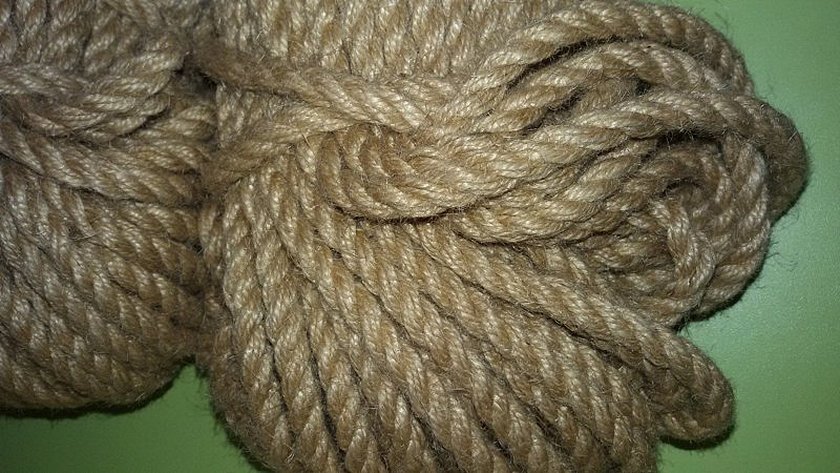
History of man-made materials
Among all materials, synthetics are the fabric that has the shortest history.
A similar alternative to silk thread was sought to be invented as early as 1734. Many attempts were made before a positive result was obtained in the form of this popular and widely used fabric today. Not knowing its future, inventors asked what kind of synthetic fabric this should be.
Natural fibers have been used by mankind for a long time, even mineral materials were used in their production, but technical needs prevailed and in 1855 active attempts began to reproduce an alternative.

Since 1890, active production of artificial fiber - nitrosilk - began, and by 1920, acetate silk was produced, which was practically indistinguishable from natural silk.
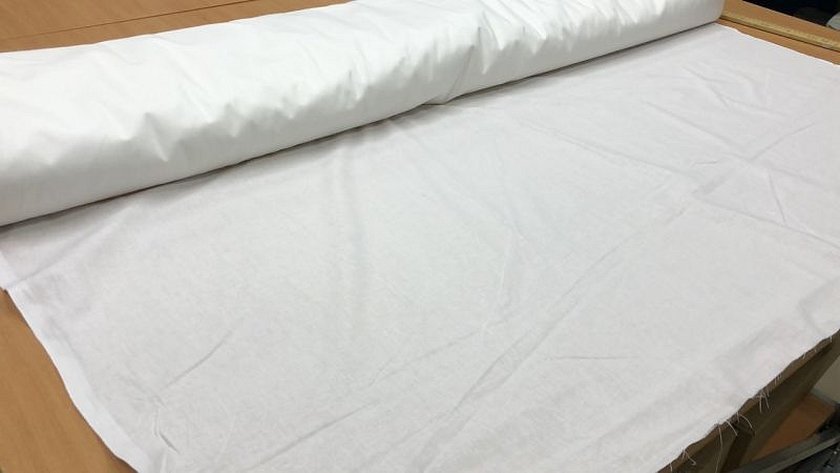
1935 was the year of the discovery of nylon, a synthetic compound, which gained unprecedented popularity, and this is not surprising. At a low cost, a fabric with high performance properties was obtained. It did not wrinkle, had a variety of colors, etc. Its only drawback was that it became electrified.
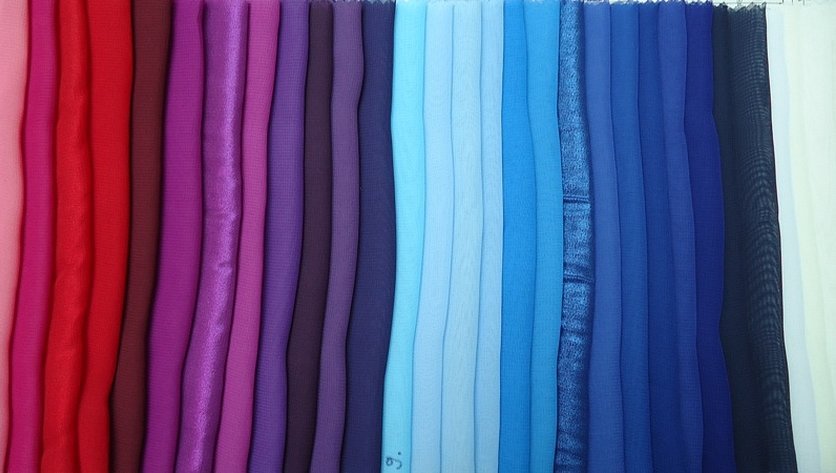
Natural fabrics have been known for a long time. Others could not make them, for example, in ancient times, when chemical production did not have such turnover. Then, the whole world used only flax, cotton, wool or silk.
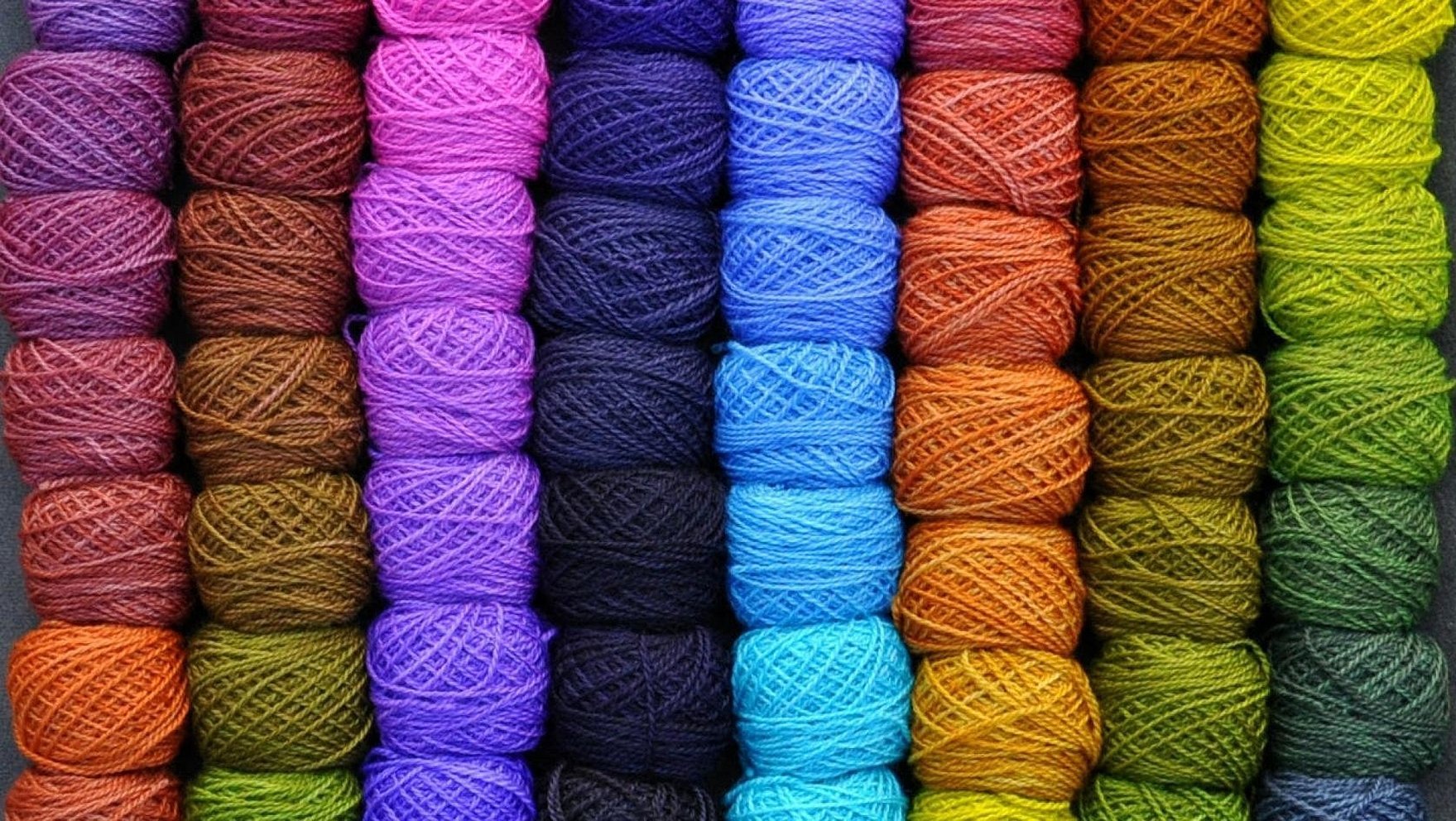
Cotton fabric is great for T-shirts, trousers, jumpers, trousers. The fabric is pleasant to the body, does not warm, but is hypoallergenic. However, it stretches when worn, dries for a long time.
picture 8 polyurethane in clothing production
Wool warms well, wicks away moisture, and is durable. But silk looks more aesthetically pleasing.
Silk is pleasant, dries quickly, and is delicate.
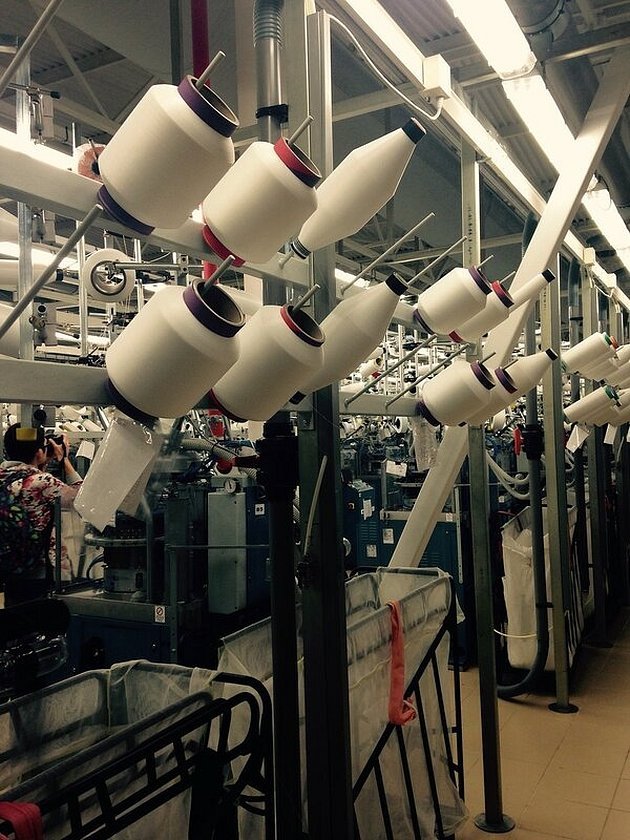
But all this is nothing if we take into account the cost of producing such fabric. At one time, many philosophers, entrepreneurs and specialists thought about the problem - how to create a fabric with high requirements and low production costs?
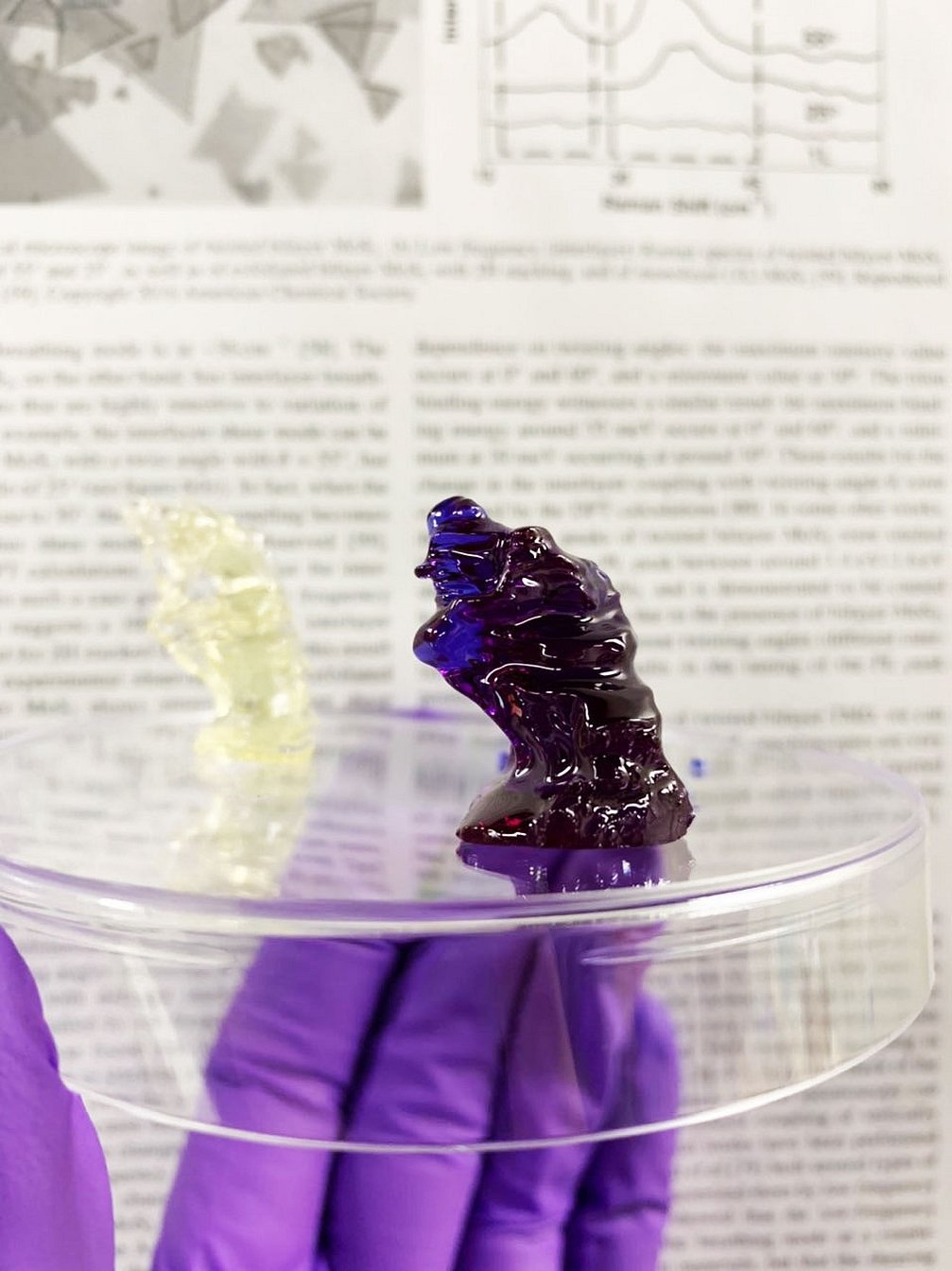
The production of fibers from melted polymers developed from the 1940s to the 1970s, but at that time, synthetics were only a dilution for natural fabrics.
The synthetic fiber itself:
- durable;
- resistant to various types of bacteria and fungi;
- does not wrinkle;
- has high wear resistance.
Important! Despite its positive properties, synthetics have a significant drawback: they repel moisture and accumulate static electricity.
Some synthetic fibers are not used in their pure form, but are a component of some natural fabric, for example, linen, cotton, wool, etc.
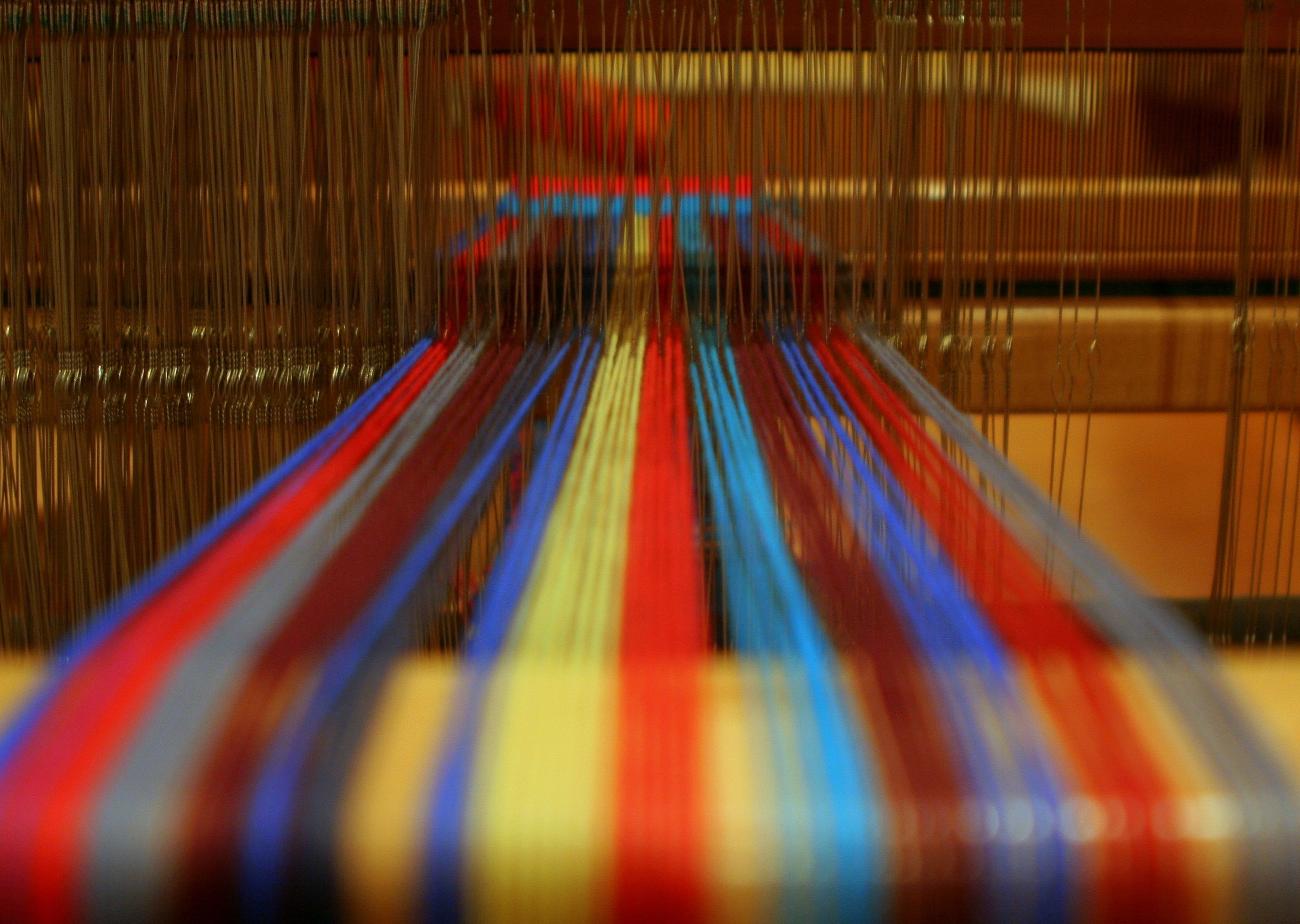
Even with a small addition of elastin or lycra, it will turn the roughest fabric into soft and elastic. Such material will be suitable for the production of clothing, stockings, etc.
Polyacrylonitrile fiber is the basis for creating artificial fur, as well as knitted fabric, floor coverings, blankets, etc.
Polyester has proven itself well in the production of knitwear, as well as home textiles. It can also be used as a blouse fabric. At the same time, it surpasses natural wool felt in its qualities.

What are synthetic fabrics made of?
Types of artificial fabrics can be different. Synthetic fabric is named depending on the main component, and can be:
- Heterochain.
- Carbochain.
The first group includes macromolecules that contain a carbon atom. Today, the first group is usually distinguished as polyurethane, polyamide, polyester.
The second group includes all synthetic fibers. They consist entirely of carbon atoms.
In production, synthetic fabric has the following varieties:
- Acrylic. This is a kind of artificial wool that allows you to get cheap sweaters, scarves, cardigans and hats. They are much lighter than natural fabric, do not let air through and lose their appearance too quickly.
- Polyamide is durable, will retain its original shape, does not shrink or stretch. It can be easily washed, cleaned and dried. However, the fabric will not warm. But it can be used as protection from wind and rain.
Types of synthetic fabrics
There are different types of synthetic tissues;
Polyolefin fibers
Polyolefin fiber is known in nature as polyethylene and polypropylene. It is a synthetic fiber that is produced by melting polyethylene. Typically, this composition allows for names such as dyneem, tecmilon, and spectra.
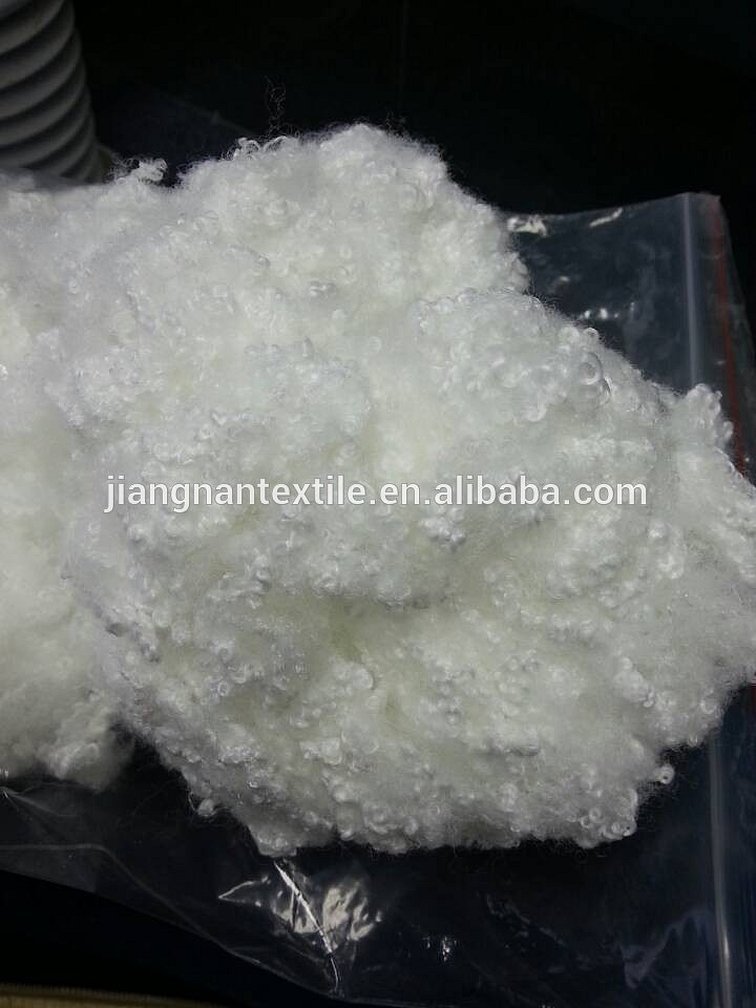
The material is lightweight, durable, resistant to chemical exposure, friction and temperature changes. At the same time, the production of such fabrics requires minimal costs.
Polyester fibers
This group includes lavsan. Polyester fiber is also heat-resistant, elastic, has a low degree of shrinkage and thermal conductivity. It does not tolerate the effects of chemicals, alkali, and does not absorb moisture.
Polyamide fibers
Polyamide fibers are very strong when stretched, they also do not change their color, do not wrinkle, they cannot be "surprised" by chemical effects, they are not afraid of temperature changes, the activity of bacteria and fungi. However, they are not resistant to light and heat. As a rule, such fibers eventually become anide, capron and nylon.
Polyurethane fibers
Polyurethane is known to the world in the form of lycra, spadex and neolan. Polyurethane is very elastic, does not lose its strength, and is resistant to abrasion.
Very elastic and not affected by chemicals. However, the fabric is not warm in the end.
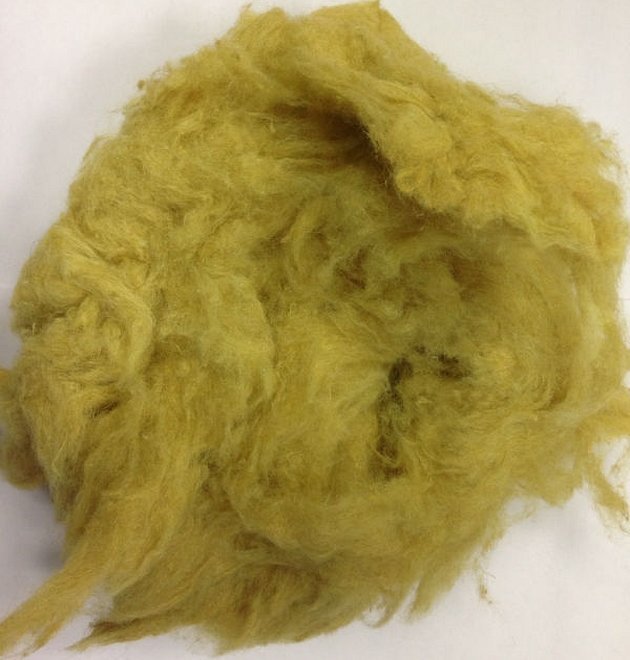
Polyvinyl alcohol fibers
Polyvinyl alcohol fibers are not afraid of acid, alkali, bacteria or microorganisms. They perfectly withstand stretching, are durable and resistant to friction. They can be sold as vinol, kuralon or mtilan. Hygroscopic.
Polyacrylonitrile materials
Not as durable as polyester and polyamide, but they are not afraid of attacks of microorganisms and moths. They do not lose their shape, do not wrinkle. In appearance - similar to wool. In production, these are nitron and acrylane.
Despite the prevailing opinion that synthetics are of low quality, synthetic fabrics are actively used all over the world, and their types and names, thanks to modern technologies, allow us to obtain new, improved material, due to new production developments. Thanks to modern developments, the material has a unique texture, which is made by combing, spraying, stretching and adding rubber to the fiber.

Modern synthetic fibers are safe, have a breathable base, and are long-lasting. Today's list of products made from synthetics is too long to list.
As before, the material has high strength, when absorbing moisture, it evaporates almost immediately. Synthetic fiber has granules, with the help of which an antibacterial effect is provided, does not rot, does not infect with fungus.
The history of the origin of synthetics is long, but very rich, and thanks to modern production, today a person can use synthetics in a variety of forms. Synthetic fabric is durable, lightweight, does not shrink or stretch, it is low-cost in production, which makes it very profitable.

